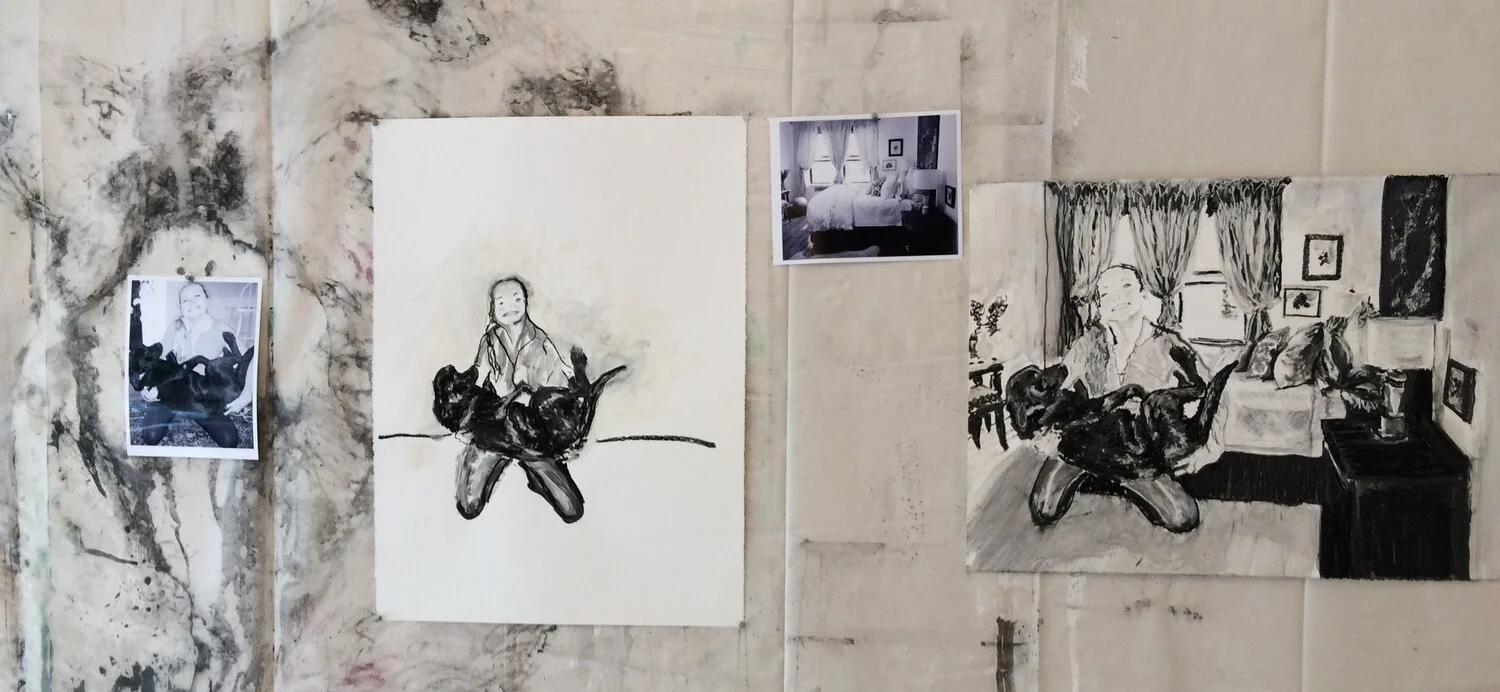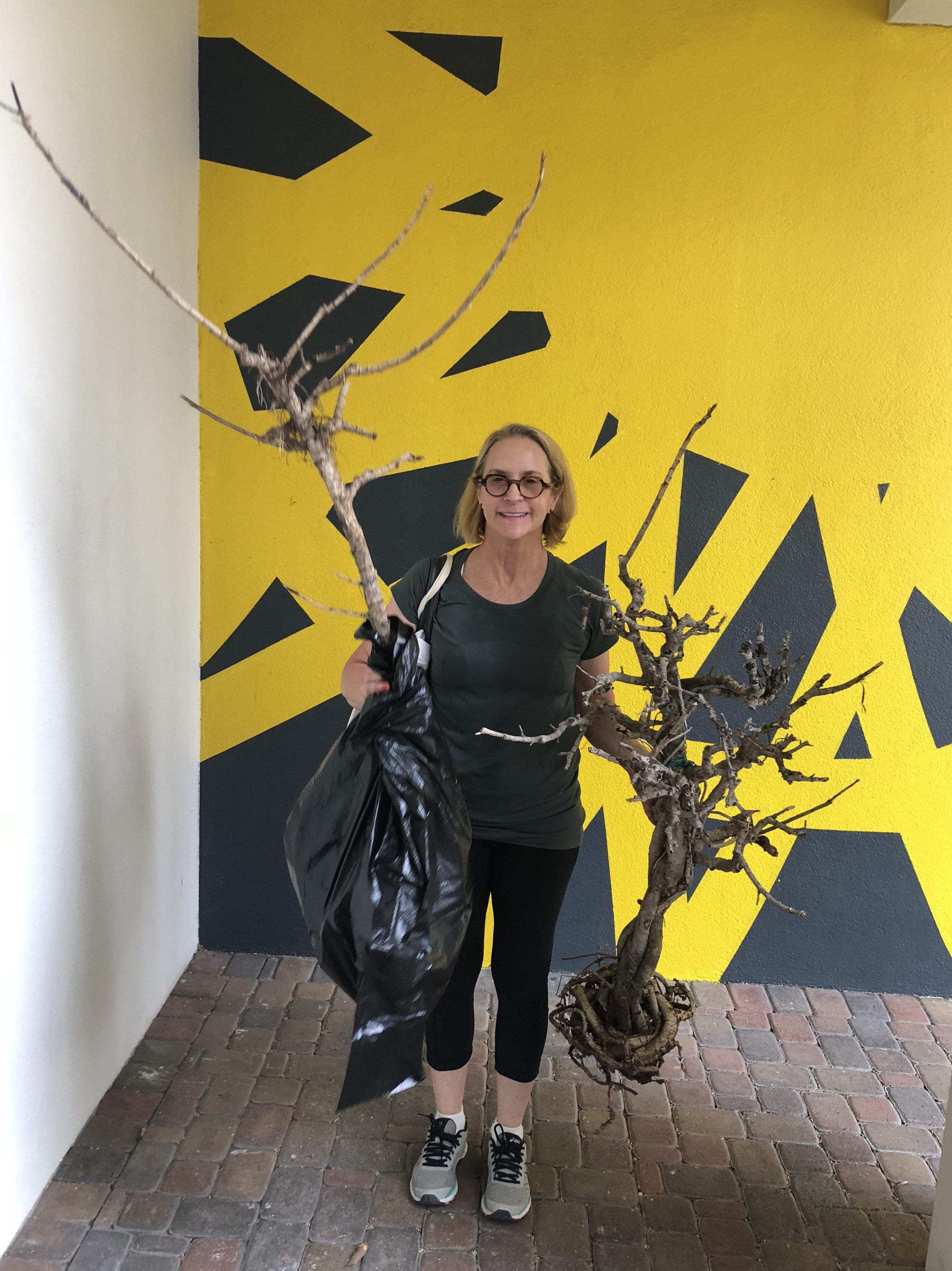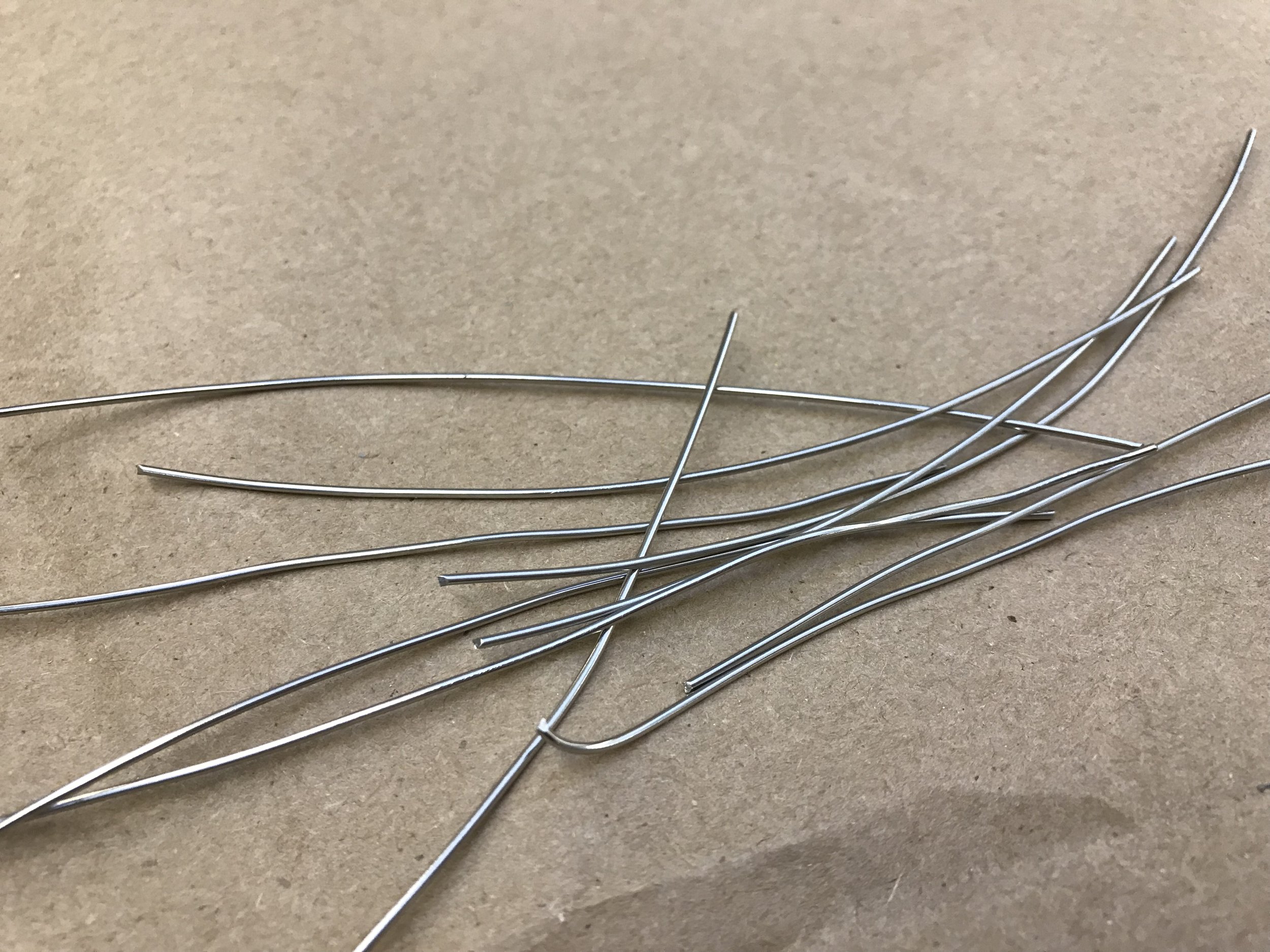One of the joys of parenthood is enjoying nature through your kids at any age. Last night, Griffin sent us this image of a monarch caterpillar that he found in Minnesota this weekend. A few years back on Thanksgiving, we went to see the monarchs. It is a site to behold and a lovely outing. They really liked Sage. Respectfully enjoying the beauty of nature has long been a great joy for our family.
Sage provides fb a resting Place for a monarch
Griffin sharing a caterpillar with us from Minneapolis.
































































































